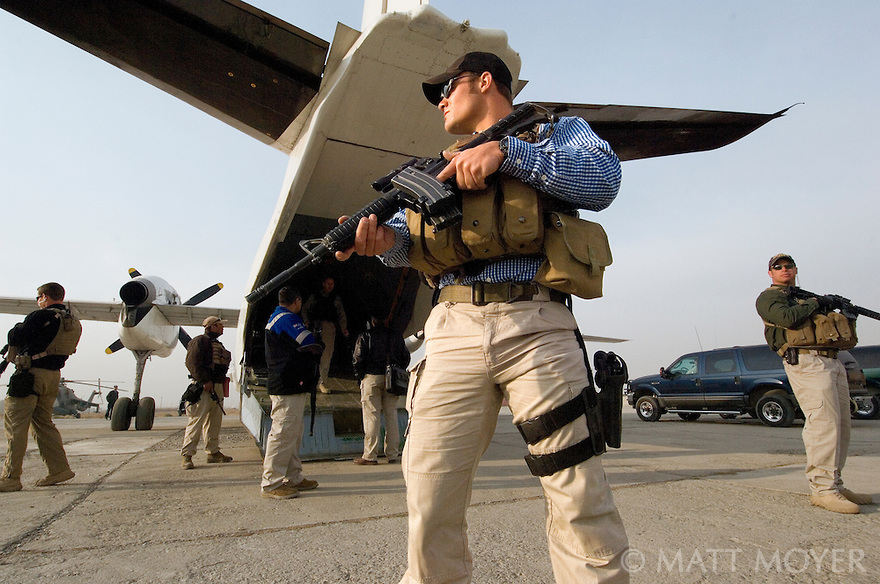
Proposed escalation includes controversial plan to deploy "private" military contractors alongside of regular soldiers to help defeat the Taliban.
The longest running war in U.S. history – America’s sputtering 17-year intervention in Afghanistan – is about to become Donald Trump’s war.
Tonight, the president will address the nation in his first televised address to lay out a fresh strategy for defeating the Taliban in Afghanistan and for restoring peace and stability throughout South Asia, including Pakistan and Iraq.
It’s likely to be a dramatic departure from the status-quo and from Trump’s own promises during the 2016 campaign that he would avoid embroiling the United States in messy and expensive ground wars and nation-building efforts overseas — and would instead place the interests of “America first.”
Trump, apparently, is convinced that a calibrated military escalation can allow the US to prevail in Afghanistan – and reportedly has rejected two of his original options – staying the course with a modest US military advisory presence – now capped at 8,400 after once ballooning to over 100,000 – or withdrawing from the conflict completely.
That leaves two actual options. One is to increase the US military advisory presence not only in size – but in scope. The figure being bandied about is no more than another 4,000 additional US advisors. However, these advisors will get much closer to the war by becoming embedded with Afghani soldiers at the battalion level, giving them far more influence over the actual conduct of the fighting in the field.
Another less publicized aspect of the escalation will be a vastly expanded and aggressive use of air power to target Taliban strongholds and to support US-directed ground operations. Thus far, American forces have refrained from using air power on the scale and with the same dramatic effect seen in Iraq and Syria – but under the proposed plan air power will be used as a strategic fulcrum to try to alter the course of the war.
It’s an escalation to be sure, but still a fairly modest one. Even the Pentagon is suggesting that it may take another three years for an expanded American presence of this size to show real results on the ground. But as many polls show, Americans no longer support the Afghan war — which has killed more than 2,000 US soldiers and tens of thousands of Afghanis, mostly civilians — and are anxious to see American involvement wind down.
Three years will take Trump through the end of his first – and perhaps only – term in office. Which means the success or failure of Trump’s proposed escalation could prove to be a key factor determining whether the billionaire real estate mogul manages to get re-elected in 2020. Make no mistake: the political stakes are high and will grow even higher with time.
But it’s Trump’s fourth option in Afghanistan that has much of Washington buzzing. It’s so radical and outside-the-box that it’s hard to believe that it’s seriously under consideration.
Leave a Reply